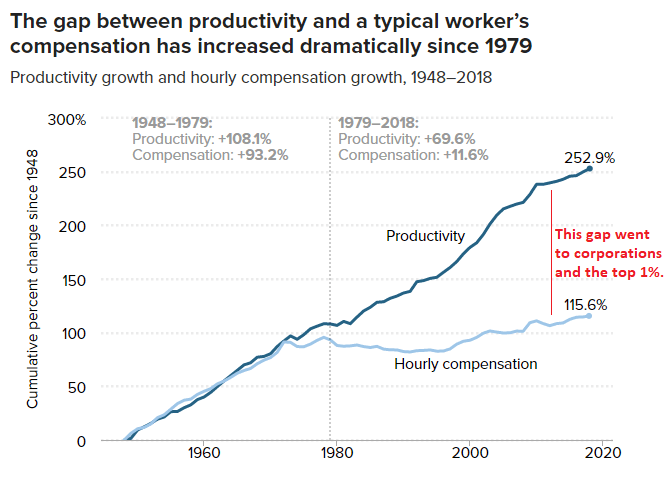When to take Social Security @MikeM.
I couldn't agree more. Everything is uniquely situational, but a person who is waiting until age 70 (to collect SS) will more than likely continue working (through their 60's). That is why running your own numbers is so important.
Thanks
@msf for your data sets.. your links and use of PV for this exercise is very helpful.
Some additional considerations:
If, at 62, this "worker" takes early SS, continues to work and they earmark that portion of their SS income (what SS pays each month) into a workplace or individual retirement account it would eliminate the tax implications (so long as these retirement vehicles were tax deferred) right up through age 70 and beyond. At age 70, the early SS recipient they will have a smaller SS benefit plus a "tax deferred SS nest egg".
In the spreadsheet above, the cash strategy pays out the same number of dollars as a person who waits to start collecting their SS at age 70 right out through age 86. What I feel is important to remember is that the early SS payouts (which I'll call the differential) sits in the pocket of the individual as early as age 62. The individual has the choice of using it as income at anytime. If it was previously invested into a tax sheltered account it remains their until it's withdrawn for income. A person waiting until age 70 has no choice but to count every SS dollar as income.
@davidmoran @kings53man,
These SS dollars are not guaranteed to you while you wait to reach FRA or age 70. A person who sits around waiting to turn 70 to collect SS collects nothing (SS benefit) if they predecease their 70th birthday and collects less (total accumulated SS benefit) if they die before age 86.
I haven't explored QLACs but they might be just the thing missing to address longevity risk:
what-is-qualified-longevity-annuity-contract-qlac/
Why Choose a QLAC?
A QLAC has several advantages for retirees:
- Long-term income security. If you’re worried that your retirement savings might not last for the long haul, a QLAC can offer some peace of mind. QLACs provide guaranteed income later in retirement and can act as hedges against long-term care costs later in life.
- RMD deferral. If you’re looking to minimize how much money you’re required to draw from your retirement accounts, a QLAC allows you to delay distributions on a portion of your savings up until you turn 85.
- Principal protection. A QLAC locks in future payments, protecting your retirement money from market dips later in life. But unless you purchase an inflation rider, which will lower the initial amounts you receive from an annuity, your monthly payment may lose value over time.
- Income for your spouse. If you set up a QLAC as a joint annuity, it will continue paying income as long as you or your spouse is still living. That said, joint annuities tend to offer lower payments due to this benefit.
Vanguard ETF to Buy and Hold Forever Not sure what the motivation is in this article? Many investors hold broad based index funds and ETFs. They are commonly available to their retirement accounts, 529 college saving plans, and many other.
When to take Social Security FRA - Full Retirement age.
I foresee that 85% of my SS Income will be taxable.
Paul Krugman - The Case for Super-Core Inflation Thanks Catch. What I’m wondering is whether the numbers displayed have been adjusted for changes to the method of computing CPI over that time?
https://www.investopedia.com/articles/07/consumerpriceindex.aspAs the linked article points out, some think recent changes to the CPI computation tend to understate actual inflation when compared with earlier standards.
Numbers can lie and can also be made to represent whatever you want.
IF we factor in the improvements to overall standard of living since the 30s, we might end up with negative inflation numbers. Does anyone want to go back to the time when homes were heated with coal that you shoveled into your furnace by hand? Cars got 10-1
5 mpg and lacked automatic trannies or AC? AM radio was the latest form of home entertainment?
Above points to how hard it is to measure actual inflation when the things we take as “normal” or “necessary” keep changing. I do remember paying $2
500 for an Apple 2e + green screen in the 80s. And $600 for a clunky dot matrix printer to go with it. 1980s technology can be had for much less today - if you can find it. So - is that how we should compute inflation?
Paul Krugman - The Case for Super-Core Inflation ...seeing that guestimates for IBonds re rating on May 1st estimates for inflation variable rate going up to 3.54%?
That's higher than it's been in ~ 10 years? I guess it makes sense...
FWIW, I pay no attn to the propoganda and the esteemed columnists in the NYTimes. Right or wrong, I'll think for myself and not what others signal to me how I should think.
Not for me, no thanks.
Best,
Baseball Fan

